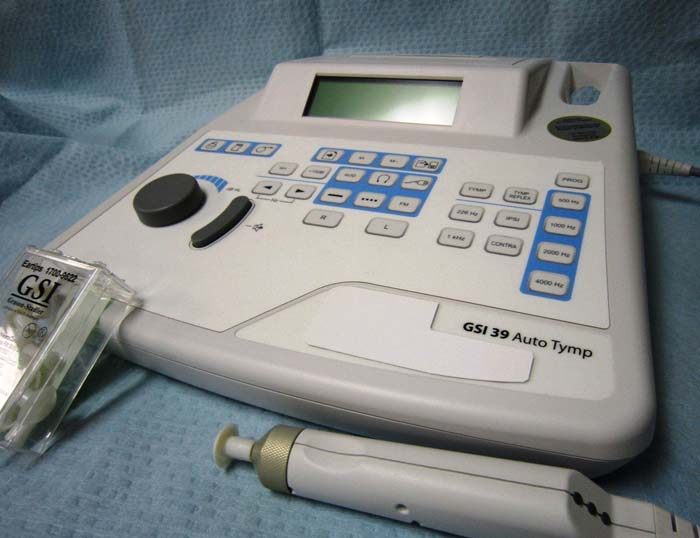Tympanometers use air pressure and sound waves to test the function of the middle ear. By evaluating the compliance (movement) of the tympanic membrane, clinicians can diagnose middle ear disorders. This toolkit overviews the science of tympanometry, and contains our assessment results of four tympanometers.
About This Technology -This section includes an Introductory Presentation and a listing of Resources and References. Both include background information on tympanometers (the device) and tympanometry (the procedure). The materials include information on terminology, ear anatomy, how tympanometry works, clinical indications, clinical examples, correlation with video otoscopy and applications in telemedicine.
Assessment Process – This section includes information on four tympanometers: GSI 39 Auto Tymp by Grason-Stadler, Easy Tymp by MAICO, MT 10 by Interacoustics and the MicroTymp 3 by Welch Allyn. The Product Materials section includes brochures, user manuals and specifications for each device. The Product Photos section shows multiple images of each device.
Assessment Results – This section includes the Evaluation Data, narrative Assessment Summary and Summary Powerpoint from evaluation of the GSI 39 Auto Tymp by Grason-Stadler, Easy Tymp by MAICO, MT 10 by Interacoustics and the MicroTymp 3 by Welch Allyn.

